Mucous Cyst: Causes, Symptoms, and Treatment
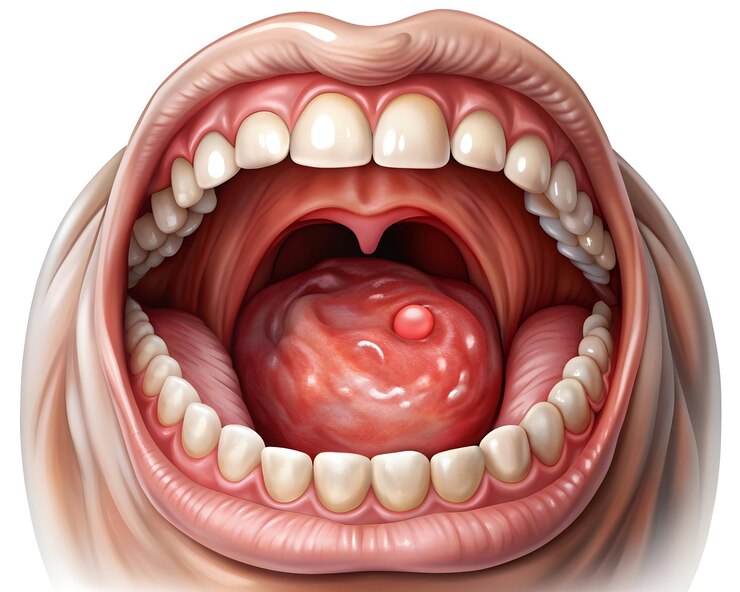
Related products
A mucous cyst which is at times called mucocele is a benign but unpleasant condition characterised by a formation of one or more fluid filled swellings. Mucous cysts are sac-like formations that typically appear in the oral cavity, the lips and mouth interiors and sometimes around finger joints, and they contain sticky mucus produced by salivary glands or tissues that have been injured by a minor trauma.
The cause for mucosal cyst range from a simple habitual lip biting to complex piercing procedures gone wrong, thereby causing ductal obstruction and mucocele formation. The treatment for mucous cyst are dependent on individual cases, and typically include surgical excision as the primary choice when recurrent bouts outweigh patient comfort, as well as laser therapy, cryosurgery, and micro-marsupialization as other notable alternatives.
Understanding its causes helps with preventative efforts, and detecting symptoms encourages early discovery and treatment to avoid future problems. The therapies comprise both medical intervention and home cures, which are chosen dependent on the severity level.
What is a Mucous Cyst?
Mucous cysts, commonly known as mucoceles, are benign swellings containing thick mucus fluid. It is caused by salivary glands in the oral cavity or sebaceous sweat glands near finger joints following mild trauma injuries.
There are two primary types: oral mucocele and digital mucous cysts. The former is commonly seen on the lower lips as a result of severe lip biting, which ruptures tiny ducts, whereas the latter arises at the proximal interphalangeal joints, causing a bumpy skin deformity that is loosely related with osteoarthritis.
Causes
Trauma or injury
Mucous cysts are typically caused by an injury, such as lip biting or salivary gland damage during dental procedures. These anomalies cause mucus to leak into surrounding tissues rather than through its designated ductal channel, resulting in lump development over time.
How Blocked Salivary Glands Lead to Fluid Buildup
When a salivary gland becomes clogged, mucus cannot move through, leading it to accumulate and eventually form mucocele, which are physically evident circular fluid-filled sacs within the mouth cavity.
Blockages can be caused by chronic inflammation, a physical obstruction, or stones.
While not exhaustive, these categories encompass the vast majority of cases encountered by medical boards, demonstrating that the primary source of causative circumstances is largely internal rather than external, according to numerous health professionals around the world. Consume more leafy greens and fibre-rich foods, like fruits and whole grains. Other than that, stay hydrated throughout the day and you can also start your morning with warm lemon water.
Consuming probiotics supports a healthy gut environment, which can reduce saliva flow and produce oedema.
Symptoms
The symptoms of mucous cysts range from modest to severe, depending on their location and size. They frequently appear as dome-shaped, transparent pimples ranging in colour from pinkish to bluish - the consequence of trapped salivary mucus.
The dimensions range from tiny pin-like heads to huge 1cm diameters over weeks or even immediately following trauma occurrences. They are frequently found on the interiors of the lower lips or mouth linings, although they can also be found on the sides of the tongue or around finger joints.
While most are harmless and cause little sensitivity when touched, infection intensifies the pain, resulting in throbbing redness and, on occasion, pus-filled centres. Distinct functional losses may arise; difficulties speaking and eating owing to oral lesions become common, whereas flexibility loss for digital cyst bearers impairs daily life quality.
How Are Mucosal Cysts Diagnosed?
The primary method for diagnosing mucous cysts is clinical examination, followed by appearance-based diagnosis. Medical practitioners evaluate size, position, and colour while taking into account pain levels.
Additional tests may be required to confirm early findings; X-rays help to visualise bone abnormalities underlying digital cysts, whereas biopsies involve the analysis of tissue samples to verify the nature of the lesion.
Differential diagnosis is critical because many oral skin illnesses mimic mucoceles symptoms, so skilled healthcare providers ensure that it is distinguished from entities such as salivary duct stones, haemangiomas, varicose veins, and warts, improving treatment efficiency and overall patient satisfaction.
Treatment
Observation
Many tiny mucous cysts, particularly those with little discomfort and visible abnormalities, resolve without the need for medical intervention. These fluid-filled bumps gradually shrink and disintegrate over time, which can take weeks or months, as the body's healing mechanisms work on them. In such circumstances, healthcare practitioners recommend observation or watchful waiting over prompt treatment.
Medical Intervention: Drainage or Aspiration
In more severe cases when natural healing appears ineffective over time, competent practitioners use a needle/syringe method to aspirate trapped fluid inside the bump(s) in sterile conditions. As a result, patients get both relief and cosmetic improvement, which benefits their overall health.
Corticosteroid Injections
Corticosteroid injections are highly effective in treating digital mucous cysts around finger joints (which are linked to degenerative joint disease). When administered in appropriate doses to inflamed sites, they significantly reduce swelling size while also easing accompanying discomfort, providing patients with an effective non-surgical therapy option.
Surgical Removal
In some situations, when mucoceles are large enough to cause recurring painful bouts, surgical excision is required not only to relieve physical pain but also to limit the risk of future infections. Healthcare practitioners employ simple oral procedures to remove both the entire lesion sac and the neighbouring culprit salivary glands, ensuring total clearance and preventing recurrences, resulting in long-term cost savings.
Cryotherapy or Laser treatment
Advanced technological developments have made safer, more efficient treatments available, such as cryotherapy, a cold therapy that employs liquid nitrogen to freeze tissue, allowing it to be easily pulled off. Laser therapies, on the other hand, target the water content of lesions, offering precise control and destroying unwanted tissues while minimising side effects, shortening post-procedure recovery times, increasing patient compliance, and delivering considerably better long-term results.
Avoid self-treatment
No matter how appealing it may appear, self-puncturing should be avoided at all costs due to the inherent risk of transmitting undesired illnesses in filthy environments. Improper handling may result in additional concerns, necessitating the need for professional support with comprehensive health and safety solutions.
Preventing Mucous Cysts
Avoiding repetitive injury to oral components, particularly the lips, lowers the risk. Individuals who frequently participate in contact sports may want to consider wearing mouth guards, while those who continue to bite their lips should strive to stop.
Another kind of protection is to practise good oral hygiene. Regular brushing and flossing, as well as monthly dental check-ups, aid in early detection, preventing blockages inside the salivary glands, which eventually contribute to mucocele formation.
Activities that place undue strain on finger joints, such as prolonged pen holding sessions or excessive computer typing, should be avoided in the case of digital cysts - a small step towards reducing the likelihood of development.
When to Seek Medical Attention
Unresolved chronic cysts require medical attention, especially if they continue to grow rather than shrink naturally over time, regardless of their initial size at presentation.
Cysts that produce visible pain or suffering should be reported immediately. Infections, if left untreated, can worsen the situation by causing pus to build up and jeopardising the health of the lesion region.
Finally, any recurrence noticed following effective treatment requires consultation because underlying causes may still be present, allowing for fresh growth; consequently, full professional assessment is essential to ensure complete eradication of the problem.
Takeaway
Mucous cysts, also known as mucoceles, are fluid-filled benign swellings that most commonly develop in the oral cavity or finger joints. According to NHS research, they primarily affect people aged 10 to 25, and are classified as oral or digital. Symptoms include dome-shaped clear lumps of varying sizes that, if infected, can cause discomfort and functional difficulties.
A clinical examination is performed to make a diagnosis, which may be reinforced with X-rays and biopsies for accuracy. Injury avoidance is a key aspect of prevention. Proper dental hygiene, combined with lifestyle adjustments, can help to lower risk factors such lip biting and repetitive joint stress activities.
Frequently Asked Questions
What are mucous cysts caused by?
Mucous cysts are caused by trauma to salivary glands or tissues, most commonly in the mouth. Regular lip biting, cheek chewing mishaps, and poorly fitted dentures all contribute to their formation by causing little but repetitive damage, allowing mucus flow into adjacent regions and eventually becoming a mucocele.
What is mucocele causes symptoms and treatment?
Mucocele is a form of mucous cyst that is commonly found inside the oral cavity, such as the lower lips and tongue sides, as a result of salivary gland obstructions caused by accidental bites or piercings gone wrong. Symptoms mostly include the rapid emergence of dome-shaped translucent pimples of varied diameters, which can cause discomfort while speaking or eating. If not treated promptly and precisely, permanent scar formations may occur, however this is rarely observed in most cases.
How to remove a mucous cyst?
Treatment options range from conservative techniques such as saline rinses and warm compress applications, which cost nothing, to surgical excisions, laser therapy, cryosurgery, and micro-marsupialization, which require specialist medical intervention based on the severity of the recurrence.
What antibiotics are used for mucous cysts?
In terms of antibiotics for treating infected mucous cysts, Clindamycin and Amoxicillin are among the most commonly prescribed, providing effective relief from bacterial infections. However, this is largely dependent on the patient's overall health history and potential drug allergies, so healthcare professional consultation remains an essential part of the process.




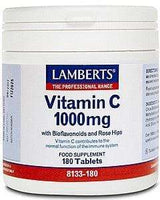
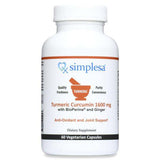
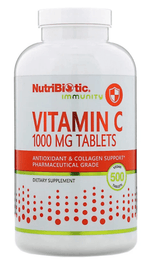
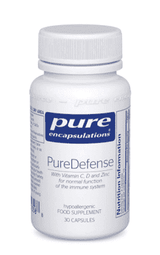
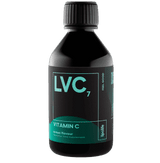
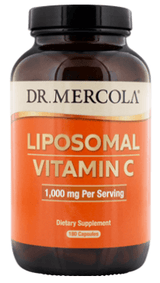
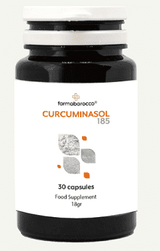



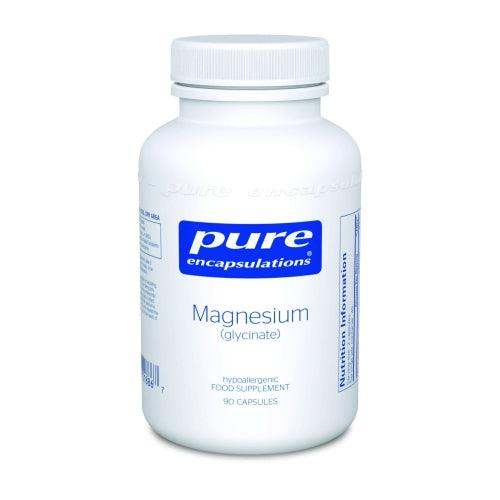
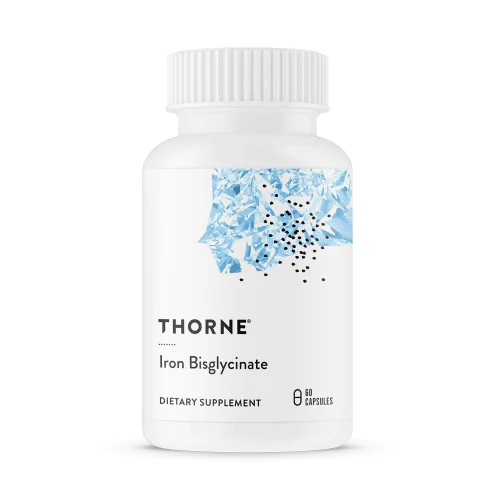




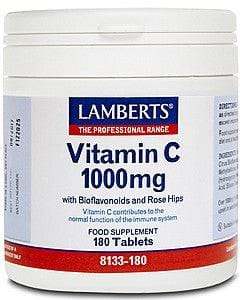
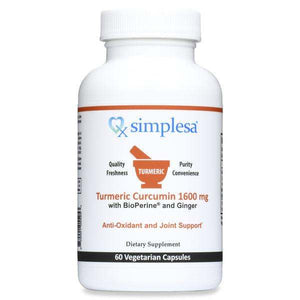
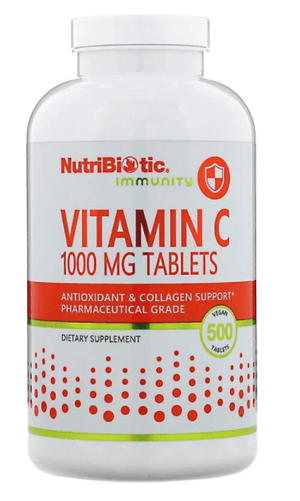
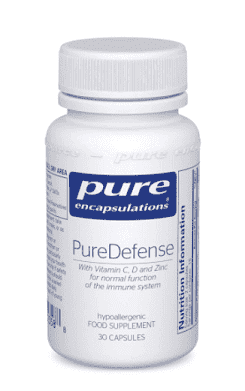

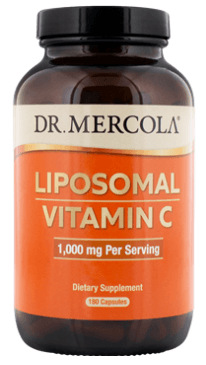
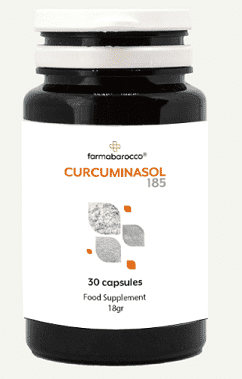





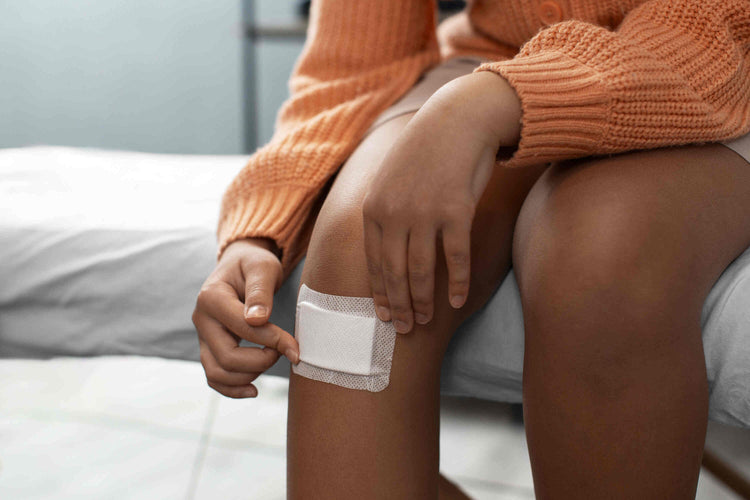




 Rated Excellent by 26,523+ Reviews
Rated Excellent by 26,523+ Reviews